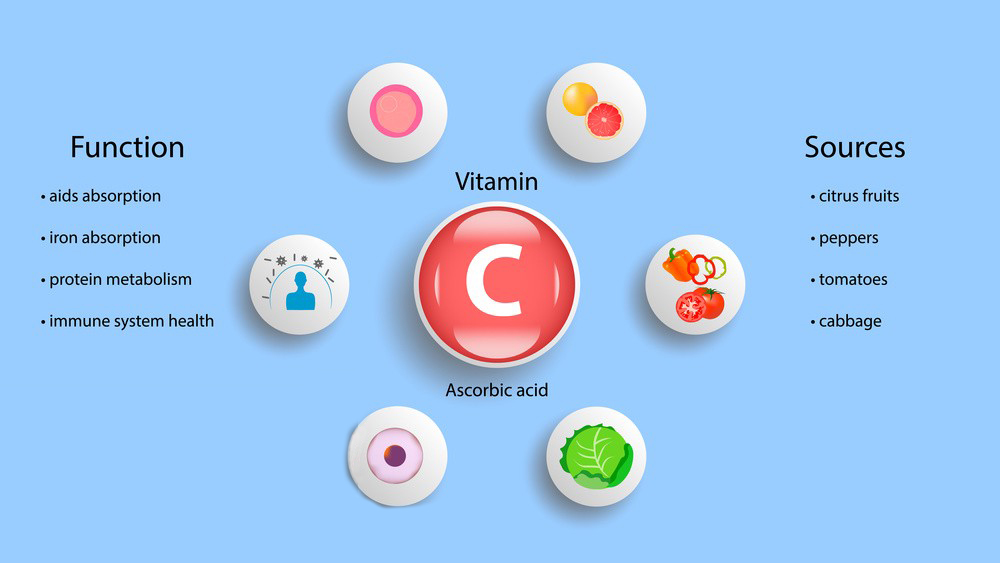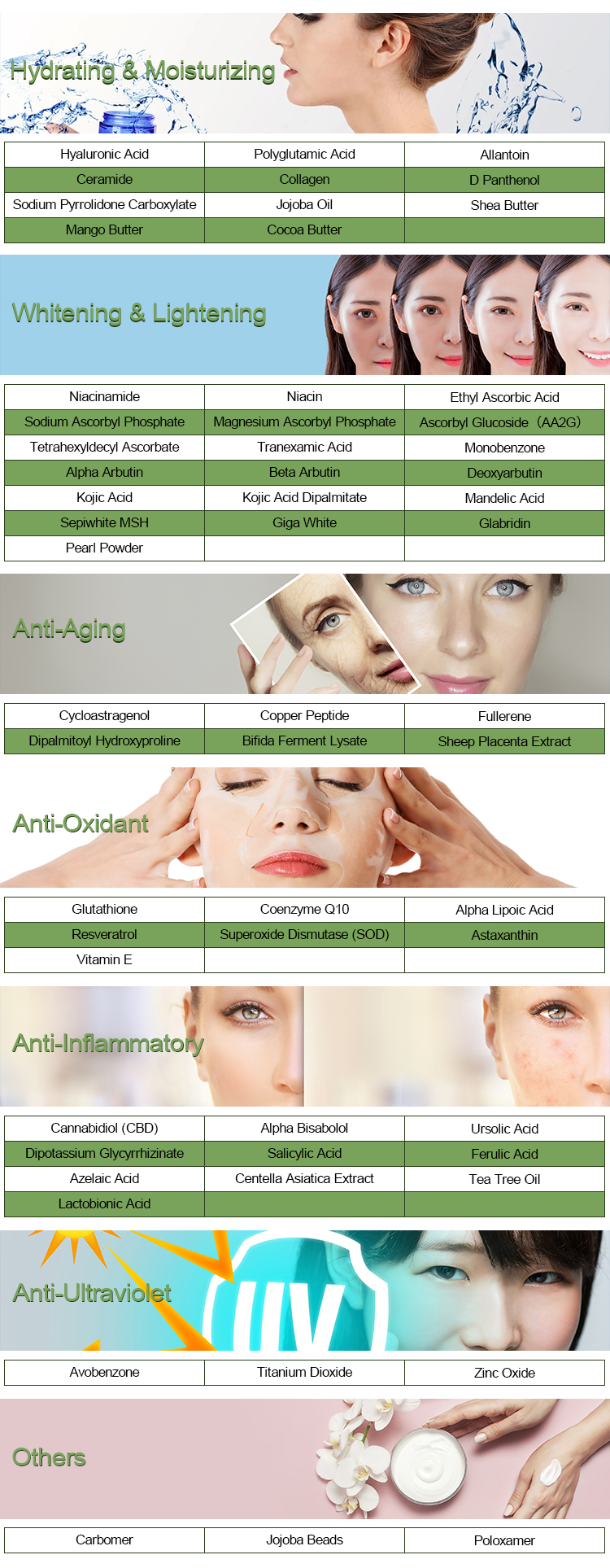Sodium Ascorbyl Phosphate (SAP) is a stable, water-soluble derivative of Vitamin C (ascorbic acid) often used in skincare products due to its antioxidant and skin-brightening properties. If you’re planning to use Sodium Ascorbyl Phosphate in a formulation or experiment, here are the typical materials and methods for handling it:
Materials of Sodium Ascorbyl Phosphate:
Sodium Ascorbyl Phosphate (SAP): The active ingredient, which you can purchase from a reliable supplier.
Solvents: Sodium Ascorbyl Phosphate is water-soluble, so you will need distilled water or another appropriate aqueous solvent.
pH Adjusters: You may need pH adjusters, like sodium hydroxide or citric acid, to maintain the desired pH level, typically around pH 5-7.
Preservatives: To prevent bacterial growth, consider adding a suitable preservative like phenoxyethanol or parabens.

Emulsifiers: If you are creating a cream or lotion, you will need emulsifiers to combine the water-based and oil-based ingredients.
Stabilizers: Stabilizers like xanthan gum or carbomer can help maintain the texture and consistency of the product.
Antioxidants: You might include other antioxidants, such as Vitamin E (tocopherol), to enhance the stability and efficacy of your product.
Fragrance or Essential Oils: If desired, you can add fragrance or essential oils for a pleasant scent.
Methods of Sodium Ascorbyl Phosphate:
Safety Precautions: Ensure you follow proper safety guidelines when handling chemicals. Use lab coats, gloves, and safety goggles.
Measuring and Weighing: Measure the required amount of Sodium Ascorbyl Phosphate and other ingredients accurately using a digital scale.
pH Adjustment: Adjust the pH of your solution to the desired level (typically pH 5-7) using pH adjusters. This is crucial for maintaining the stability and effectiveness of Sodium Ascorbyl Phosphate.
Dissolving SAP: Slowly add Sodium Ascorbyl Phosphate to the aqueous solvent while stirring continuously. Heat may be required to facilitate dissolution, but avoid high temperatures to prevent degradation.
Additives: Incorporate other ingredients such as preservatives, emulsifiers, stabilizers, and antioxidants. Ensure these are added in the right sequence and at the correct concentrations.
Mixing: Mix the formulation thoroughly. Depending on the product type (serum, cream, lotion, etc.), you may need to use a homogenizer, a magnetic stirrer, or simply manual stirring.

Cooling: Allow the product to cool down to room temperature.
Fragrance or Essential Oils: If you want to add a scent, do so at the appropriate stage, usually towards the end of the formulation process.
Packaging: Transfer the final product into appropriate containers, which should be airtight to prevent contamination. Make sure the packaging materials are suitable for the product type.
Testing: Consider stability and compatibility testing to ensure the product maintains its effectiveness over time and doesn’t cause adverse reactions. Testing may include pH, viscosity, and microbiological analysis.
Keep in mind that the specific formulation and methods can vary depending on the product you are creating (e.g., serums, creams, lotions), and it’s essential to consider the compatibility of Sodium Ascorbyl Phosphate with other ingredients. Additionally, it’s advisable to consult with a cosmetic chemist or a skincare product formulation expert for guidance, especially if you plan to create skincare products for commercial use.
